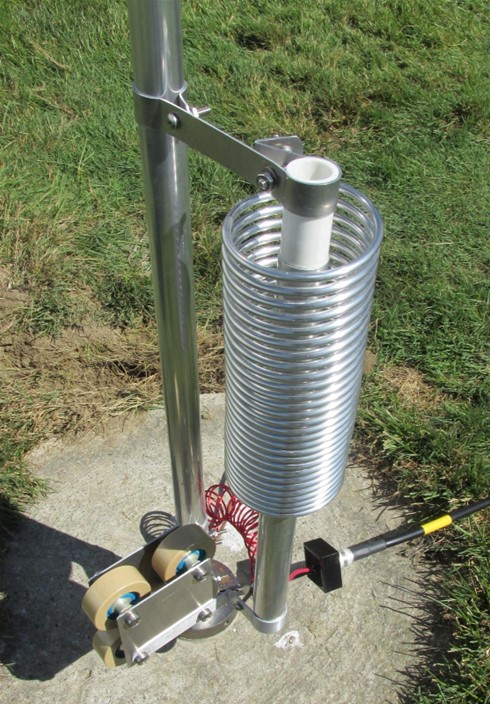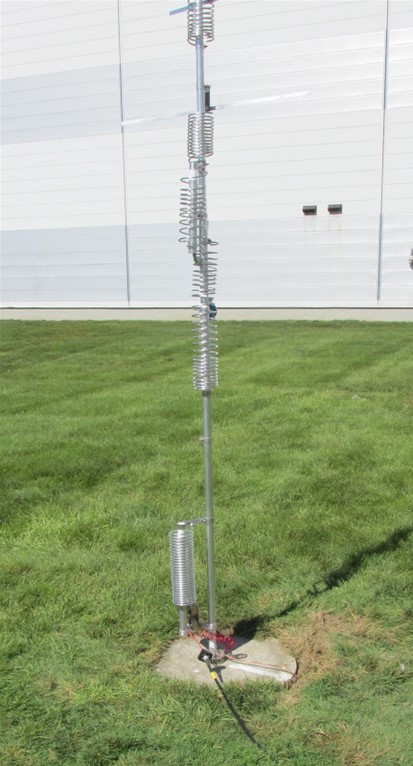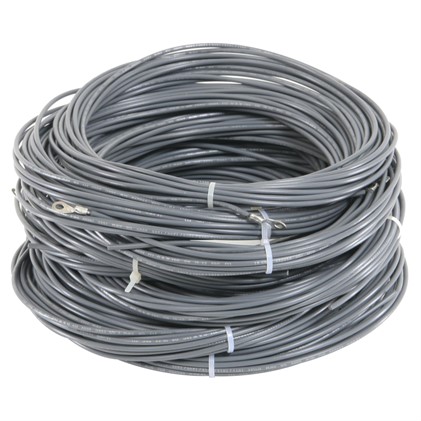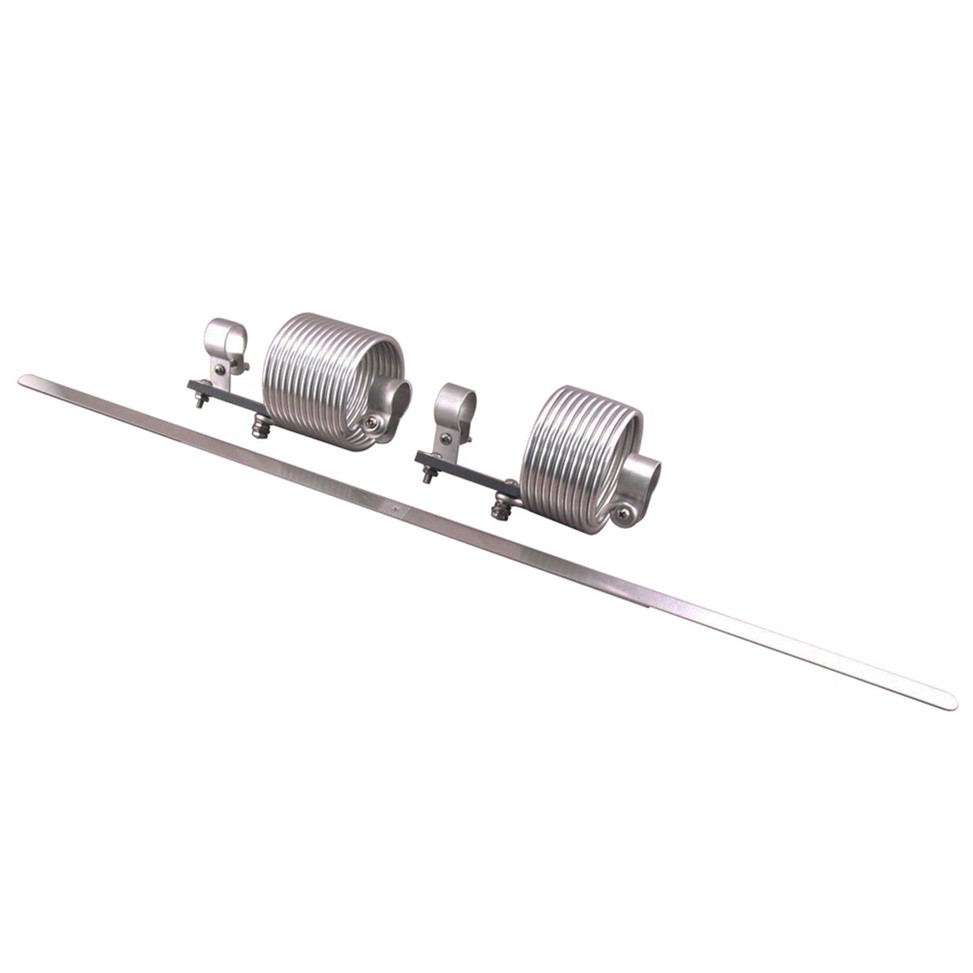Here’s exceptional news for owners of Butternut HF9V, HF6V, and HF2V vertical antennas. DX Engineering has come out with a 160M add-on kit (BUT-TBR-160X) that makes it easy to give your workhorse Butternut top-band capabilities. DX Engineering acquired the Butternut product line in 2014 and has since manufactured and exclusively sold the antennas, replacement parts, and high-performance enhancements developed by the team of active hams at DX Engineering.
Considering adding a Butternut antenna to your station? As a member of the DX Engineering family of brands, Butternut remains one of the most trusted names in ham radio. Read this article from guest blogger Harry Meier, DK2GZ, on how he achieved Top of the Honor Roll with his HF9V Butternut.
About the 160M Add-On Kit
The 160M Butternut Add-On Kit marks the latest way for hams to enjoy even more coverage from their nine-band HF9V (80, 40, 30, 20, 17, 15, 12, 10, 6M), six-band HF6V (80, 40, 30, 20, 15, 10), or two-band HF2V (80/40) Butternut antenna. The add-on kit is specifically designed for use with these models.

The add-on kit is a parallel tuned circuit that consists of a coil and four high voltage RF capacitors with custom mounting plates, brackets, and clamps. This assembly is installed at the base of Butternut antennas to achieve operation on 160 meters. The design incorporates four larger capacitors mounted between two aluminum plates. These new capacitor plates act as heat sinks to reduce frequency drift when the components heat up under RF power and environmental conditions. Recommended maximum 160M power is 1,000W PEP SSB, 500W CW, 150W Digital (FT8, FT4, RTTY, et. al.).

Important Notes about the 160M Add-On Kit
- Your Butternut vertical antenna must be properly tuned on all bands prior to adding the 160M kit. A good radial system is a requirement for reasonable performance on all bands, but especially on 160 meters. Due to the effect of the installed 160M kit, the other bands will need to be retuned and the original shunt coil will require significant adjustment.
- SWR bandwidth on 160 meters is very narrow. When tuning the antenna with an analyzer connected to the antenna matching section coax, choose the EXACT frequency you desire. Do not use any antenna tuner to operate on an off-resonance frequency above 2:1 SWR. Use of an antenna tuner is not possible because this is a very high-Q antenna inductor and capacitor combination that will not tolerate overheating.
- Prolonged tune-up at maximum power levels must be avoided. Exceeding these levels may cause damage to the antenna, amplifier, or transceiver.
- The TBR-160X functions as an inductive reactance in series with the antenna feedpoint, loading the antenna structure to resonate in the 160 meter band. On the higher bands the TBR-160X produces decreasing values of capacitive reactance, raising the resonant frequency (by 300-400 kHz) on 80 and 40 meters. Above 7 MHz this detuning is negligible, and the antenna can be adjusted on all bands to compensate as needed. In general, the only compromise operators must accept for the sake of 160 meter operation is reduced SWR bandwidth on 80 meters and, to a lesser extent, on 40 meters with the HF2V/6V/9V.
The TBR-160X SWR bandwidth of 2:1 or less on 160 meters will depend to a large extent on the efficiency of the ground system used with the antenna; 10 kHz is a typical figure with a fair-to-good ground system and a relatively short antenna such as the HF6V/9V. With the longer HF2V, especially if top loading “umbrella” wires are used, SWR bandwidths of 15 to 35 kHz between 2:1 points are possible. Even if greater bandwidths are possible with poorer, higher loss ground systems, performance would suffer. The best possible ground systems should always be used with electrically short-loaded antennas.
- Since the Butternut verticals are very short antennas for 160 meters, full-size antenna performance should not be expected. A critical component of this type of antenna system is a very good radial system; 30 to 60 or more radials of 45 to 65 feet each is a requirement. Even at best the bandwidth will be very narrow so when tuning for 160 meters, you will have to determine which frequency in the band you want to use.
For many more details (theory of operation, tuning, installation instructions with drawings, matching considerations, and operating considerations), read the BUT-TBR-160X manual available online.
Also check out these other Butternut antenna enhancements at DXEngineering.com:



